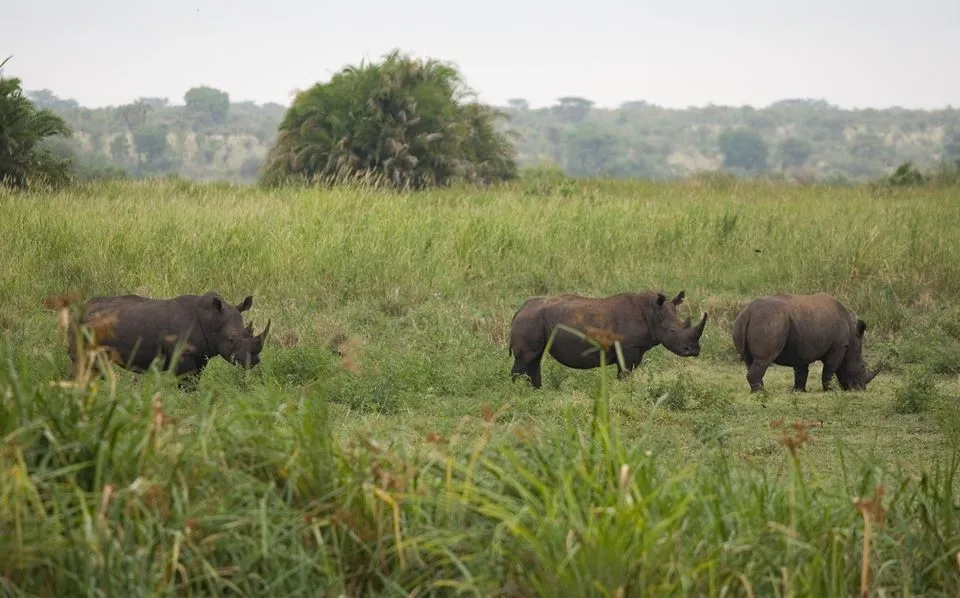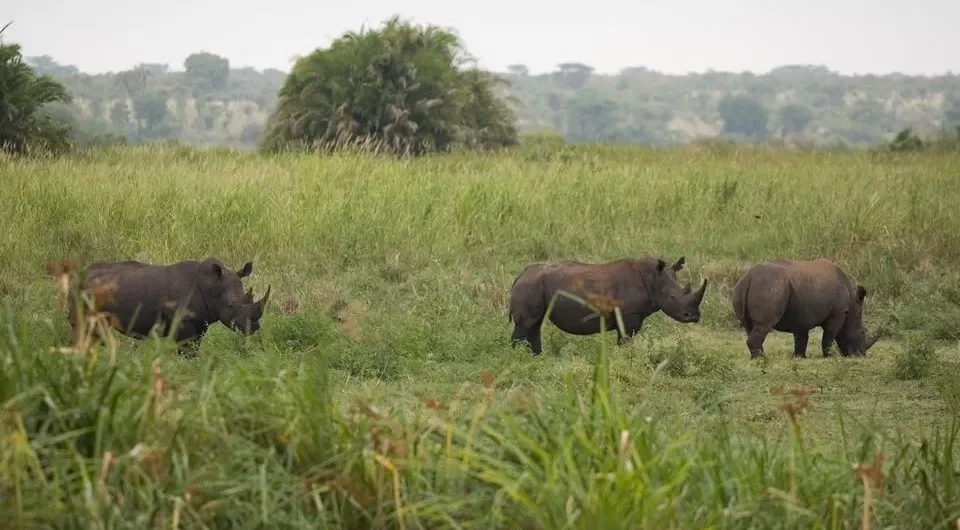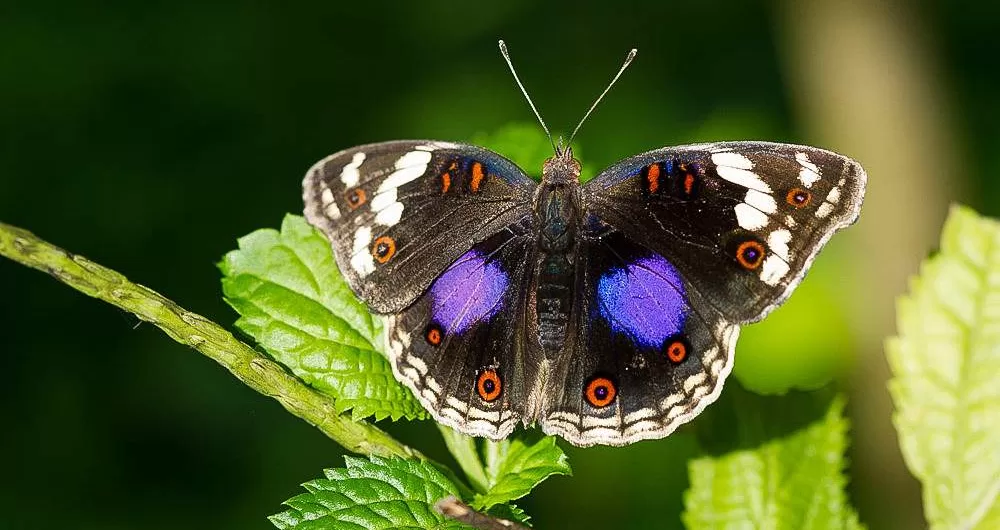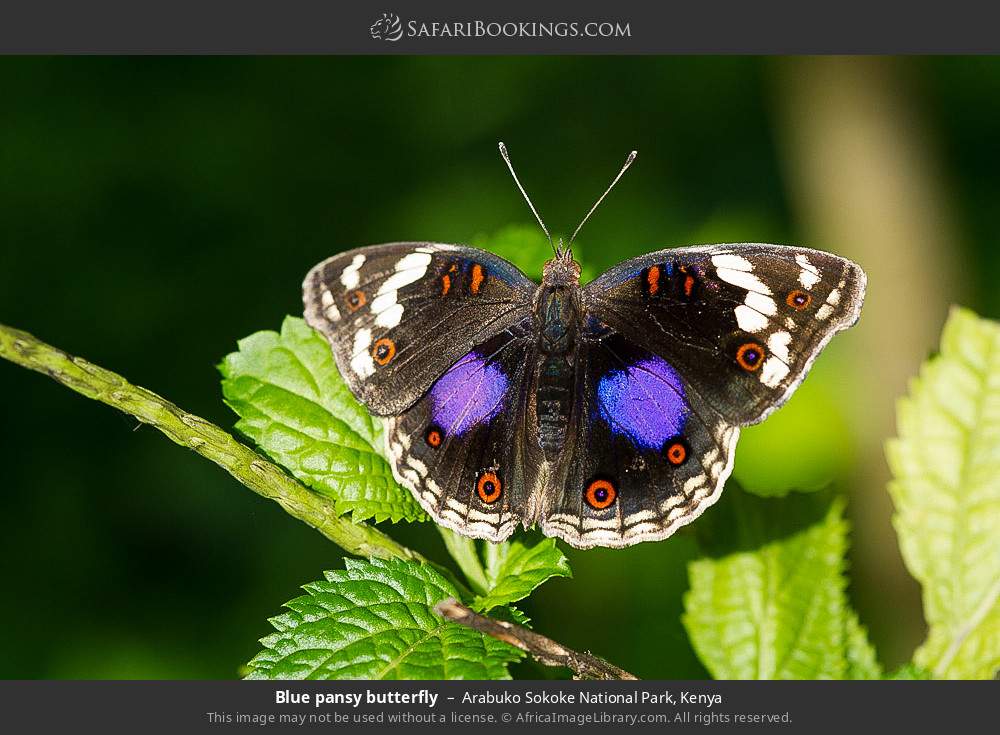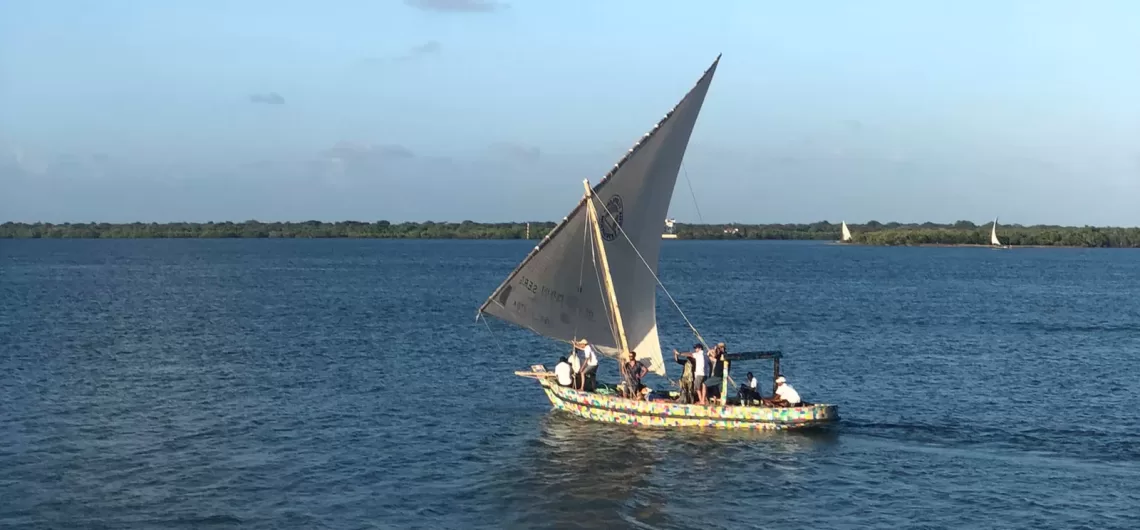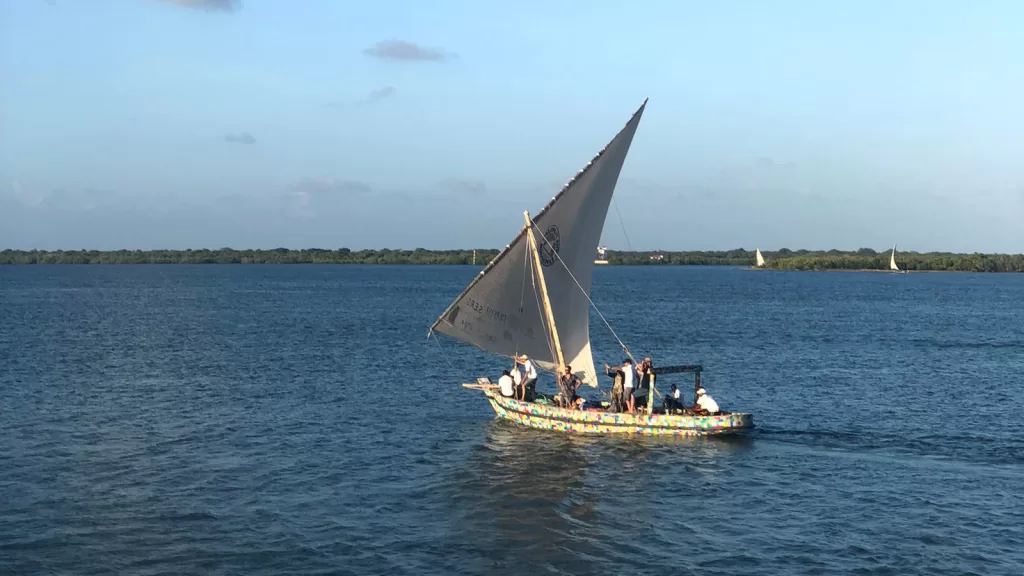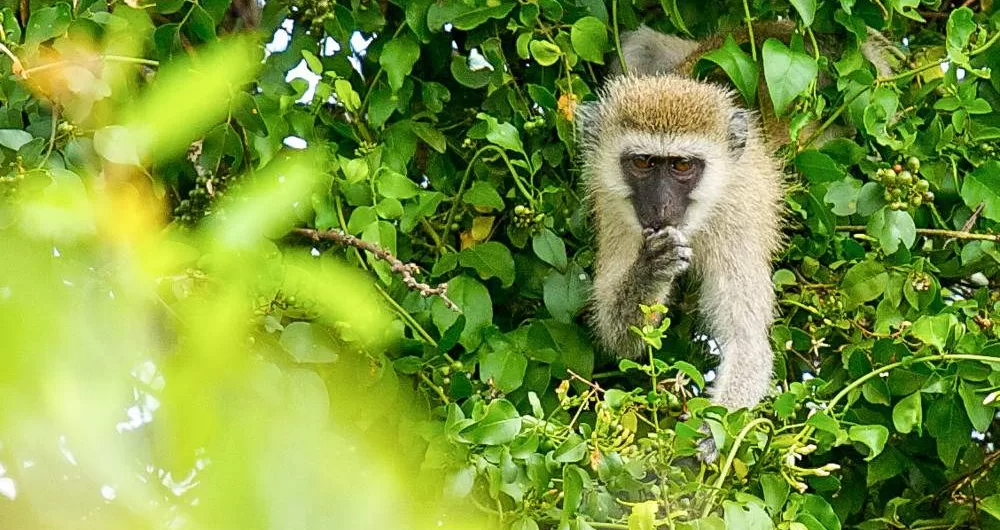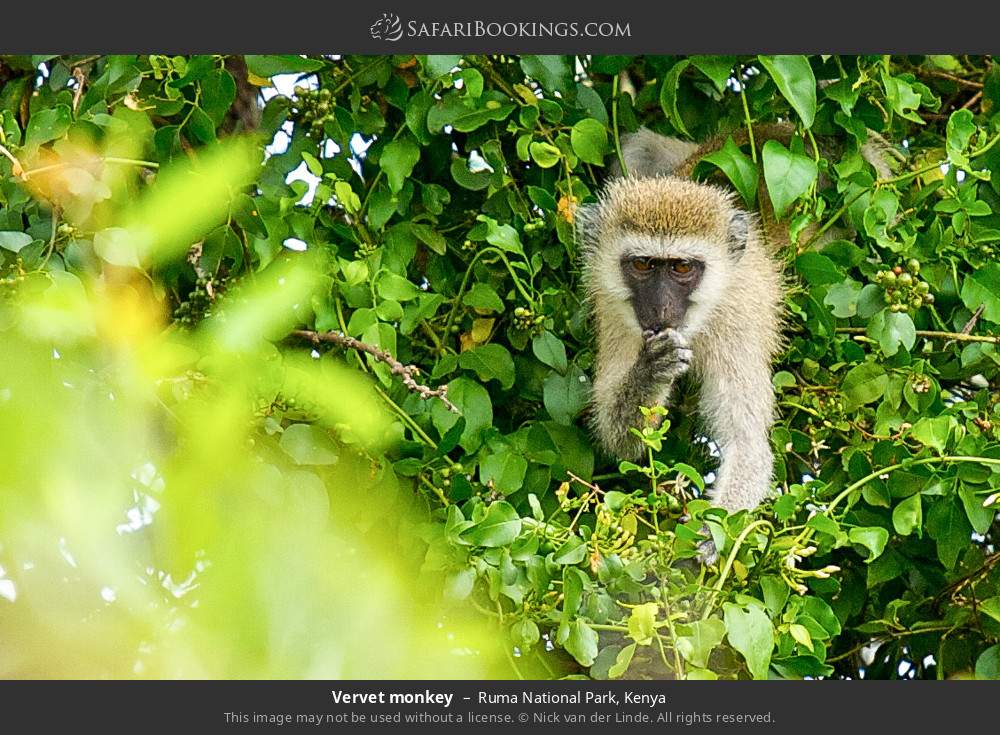About Watamu Marine National Park and Reserve Watamu Marine National Park and Reserve is a protected area located on the Indian Ocean coast of Kenya, about 140 kilometers north of Mombasa. It was established in 1968 and covers an area of 229 square kilometers, including the fringing coral reef, several small islands, and the adjacent coastal areas. The park is renowned for its pristine beaches, crystal-clear waters, and diverse marine life, including over 600 species of fish, dolphins, turtles, and whales. The coral reefs are also home to a variety of invertebrates, including anemones, starfish, and sea urchins. Visitors to the park can engage in a range of activities, such as snorkeling, scuba diving, and glass-bottom boat tours. There are also opportunities to go on guided walks, bird watching, and turtle watching, as well as visit local communities and learn about their traditional ways of life. The park is managed by the Kenya Wildlife Service, and there are several eco-lodges and resorts in the area that offer accommodation to visitors. The park is a popular destination for tourists and locals alike and is considered one of the best marine parks in East Africa. How to get there By Road: Watamu is a hundred and twenty Kms north of Mombasa and 28km south of Malindi. At Gede, that's on the primary Mombasa Malindi Road, you switch closer to the Indian Ocean. 11kms from the primary street is Watamu itself. By Air : Malindi airport is your arrival point. By Train: The new Standard Gauge Railway, which became these days delivered in Kenya. Makes railway tour very famous in Kenya. You additionally get a threat to by skip through Tsavo National Park at the same time as at the train travel. Wildlife There also are Whale Sharks, Manta rays, Octopus and Barracuda
About Watamu Marine National Park and Reserve
Watamu Marine National Park and Reserve is a protected area located on the Indian Ocean coast of Kenya, about 140 kilometers north of Mombasa. It was established in 1968 and covers an area of 229 square kilometers, including the fringing coral reef, several small islands, and the adjacent coastal areas.
The park is renowned for its pristine beaches, crystal-clear waters, and diverse marine life, including over 600 species of fish, dolphins, turtles, and whales. The coral reefs are also home to a variety of invertebrates, including anemones, starfish, and sea urchins.
Visitors to the park can engage in a range of activities, such as snorkeling, scuba diving, and glass-bottom boat tours. There are also opportunities to go on guided walks, bird watching, and turtle watching, as well as visit local communities and learn about their traditional ways of life.
The park is managed by the Kenya Wildlife Service, and there are several eco-lodges and resorts in the area that offer accommodation to visitors. The park is a popular destination for tourists and locals alike and is considered one of the best marine parks in East Africa.
How to get there
By Road: Watamu is a hundred and twenty Kms north of Mombasa and 28km south of Malindi.
At Gede, that’s on the primary Mombasa Malindi Road, you switch closer to the Indian Ocean. 11kms from the primary street is Watamu itself.
By Air : Malindi airport is your arrival point.
By Train: The new Standard Gauge Railway, which became these days delivered in Kenya. Makes railway tour very famous in Kenya. You additionally get a threat to by skip through Tsavo National Park at the same time as at the train travel.
Wildlife
There also are Whale Sharks, Manta rays, Octopus and Barracuda as a number of the bigger species withinside the park. Watamu additionally, has one-of-a-kind species of Turtles as a 99% possible sea turtle. A turtle inside the ocean.
Famous Animals
Marine wildlife such as Ganges dolphins, giant crabs, balooga whales and giant leatherback turtles can also be found here. The park is also home to mammals such as jackals, jungle cats and black rabbits.
Best Time to Visit
Watamu Marine Park Due to its proximity to the equator, Watamu is warm all year round. October to April are the best months for diving, snorkeling and fishing. While turtle nesting and hatching is an activity all year round.
